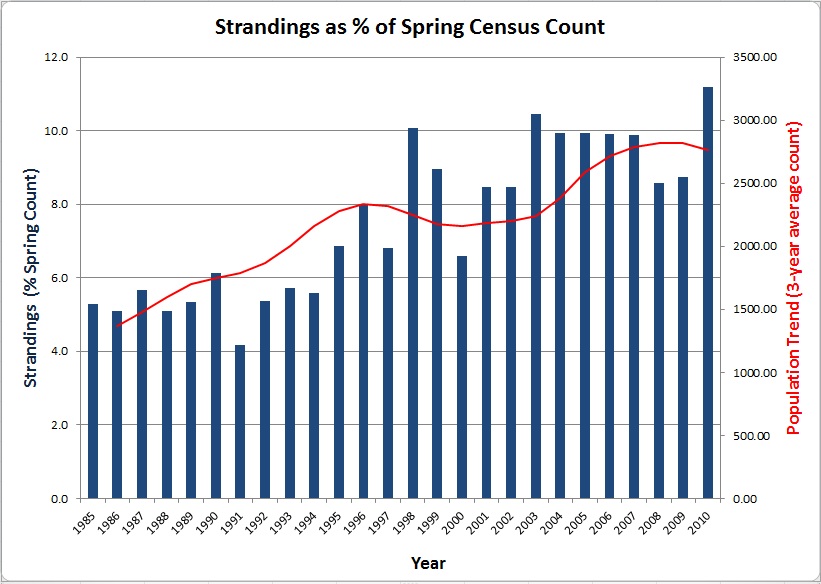| Home |
| Current Research |
| Graduate Students / Post Docs |
| Biologists / Technicians |
| Interns / Volunteers |
| Publications |
| Links |
| Our ftp site |
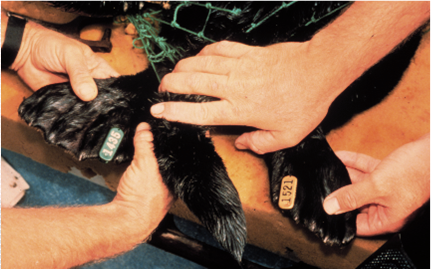
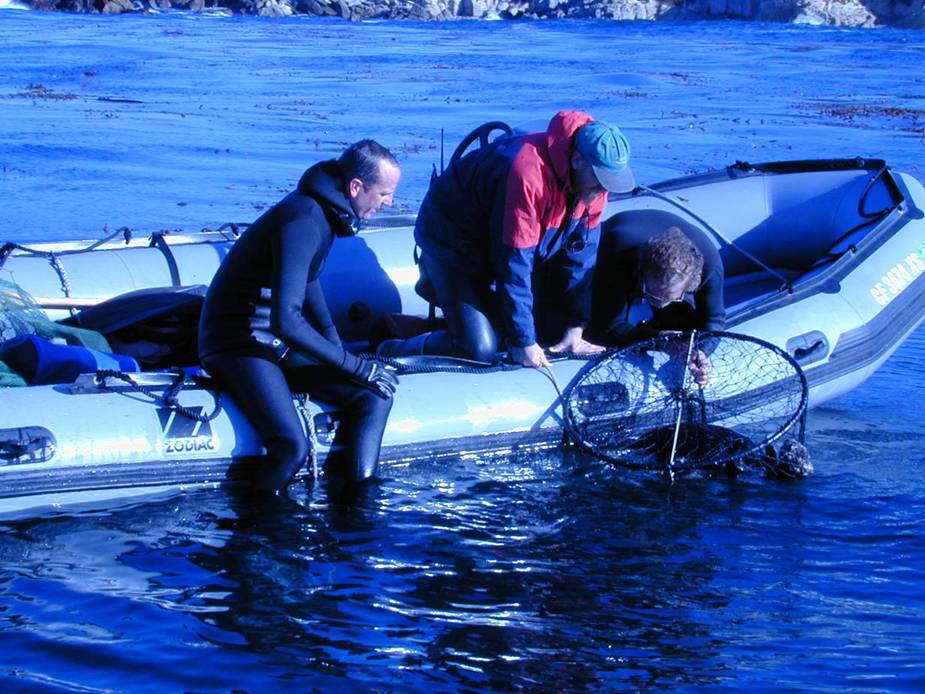
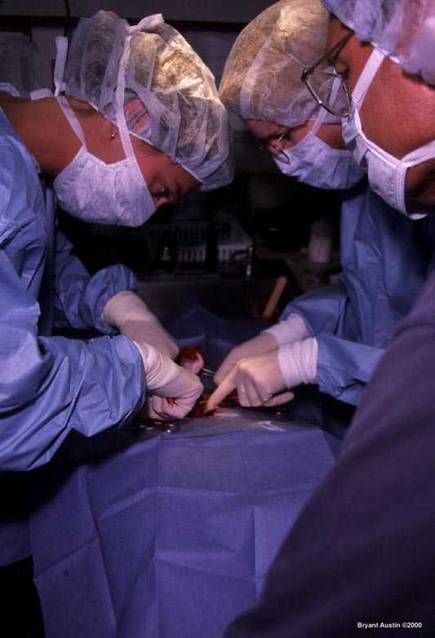
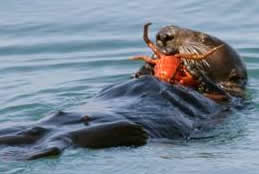
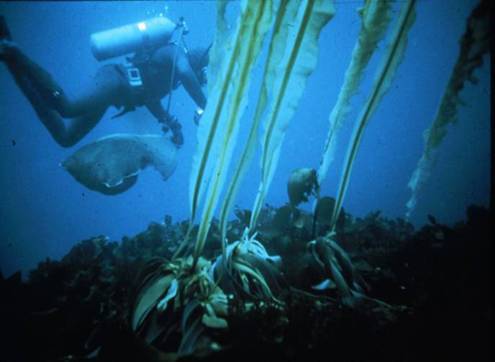
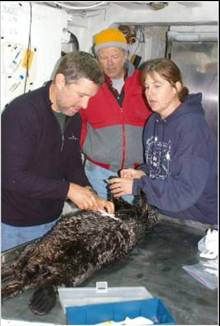
Carcass Stranding Network What factors contribute to the stranding of sea otters? |
|
|
Since 1968 there has been an effort to document all sea otter strandings in California. This effort was begun by the California Department of Fish and Game, but soon became a multi-agency and multi-organization endeavor. The coordination of the sea otter stranding network was transferred to USGS scientists in 1995. Date, location, sex, age, and state of decomposition is collected on almost all carcasses, while a more detailed necropsy is performed on those in good condition. Report a Stranded Otter in your area Call the Marine Mammal Center
(415) 289-7325
|
Contact Us: USGS Santa Cruz Field Station - 100 Shaffer Road - Center for Ocean Health - Room 251 - Santa Cruz, CA 95060 - 831 459-2357 - werc@ucsc.edu

